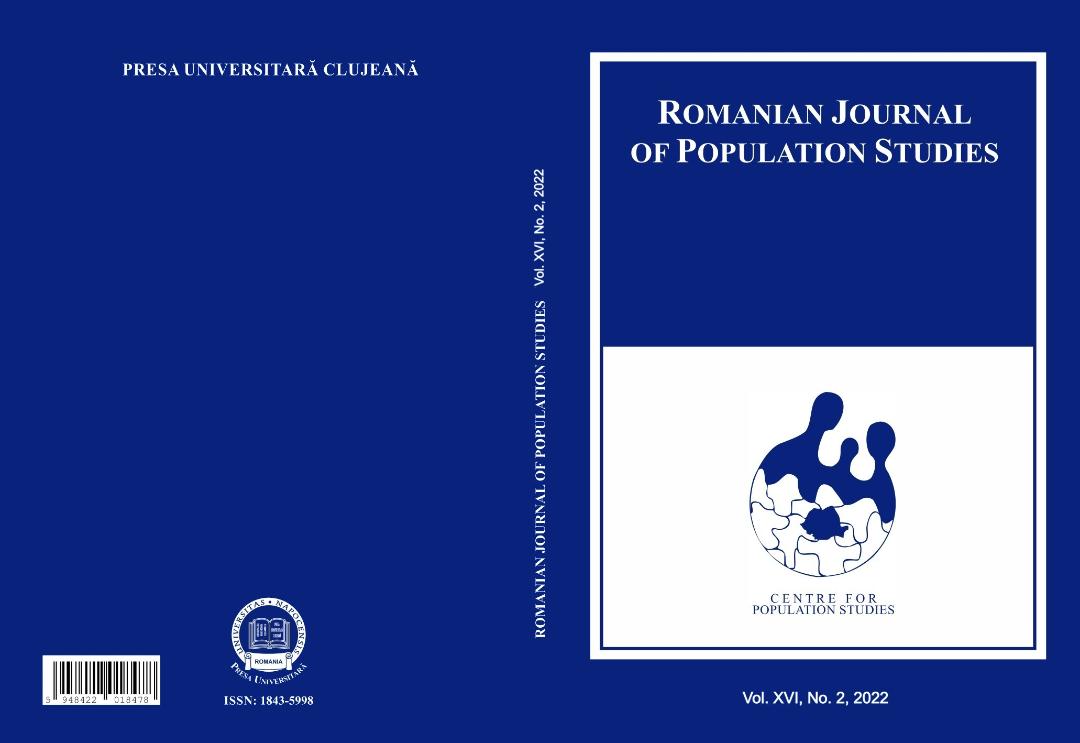Patterns in the Timing of Widows’ Remarriage in an 18th-Century Transylvanian City
Patterns in the Timing of Widows’ Remarriage in an 18th-Century Transylvanian City
Author(s): Oana Sorescu-IudeanSubject(s): Economic history, Social history, Gender history, 18th Century
Published by: Centrul de Studiere a Populaţiei
Keywords: widows; remarriage timing; social class status; HISCLASS; probate; eighteenth-century; Transylvania
Summary/Abstract: The present paper examines patterns in the timing of widows’ remarriage in the 18th-century Transylvanian capital city of Hermannstadt/Sibiu, based on a sample of 405 marriages contracted by Lutheran widows in this area between roughly 1755 and 1794. It regards this time frame as being able to reveal how factors encouraging or, alternately, discouraging remarriage after widowhood worked in practice. The study offers a descriptive analysis of the sample, focusing on the main known characteristics of the individuals involved, including the former and new spouse’s social status (as measured by HISCLASS), the former spouse’s age, the new spouse’s migration status, and their marital status prior to contracting the marriage to a widow. Additionally, it provides a deeper understanding of potential delays in remarriage by creating a sub-sample of 131 marriage events linked to the probate inventories compiled after the first spouse’s death, which offer a glimpse of the economic and familial situations in which widows found themselves at the time of experiencing this transition in marital status. A third section looks at how these factors worked together to influence widows’ remarriage timing.
Journal: Romanian Journal of Population Studies
- Issue Year: 16/2022
- Issue No: 2
- Page Range: 9-26
- Page Count: 18
- Language: English
- Content File-PDF

